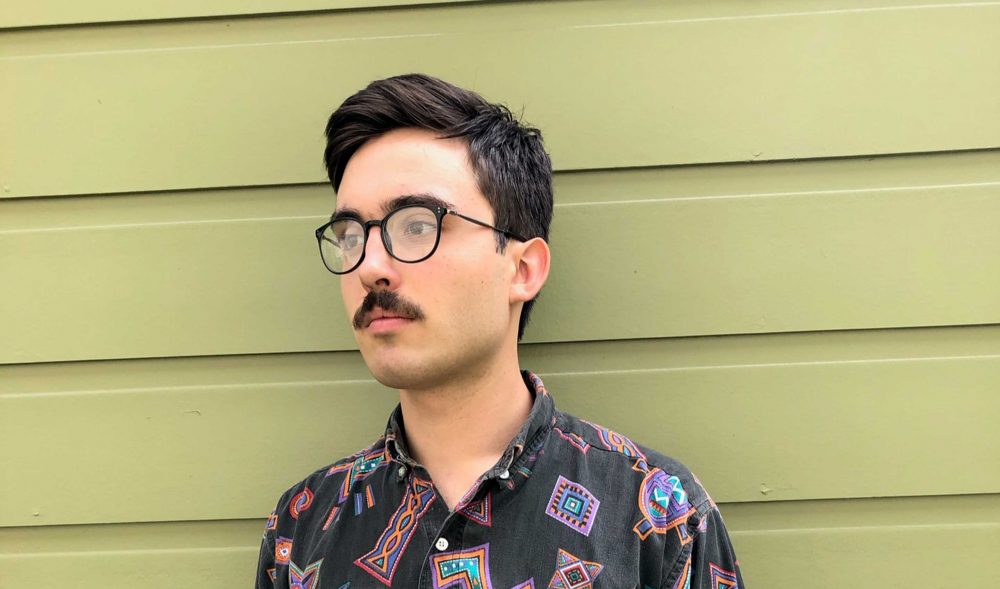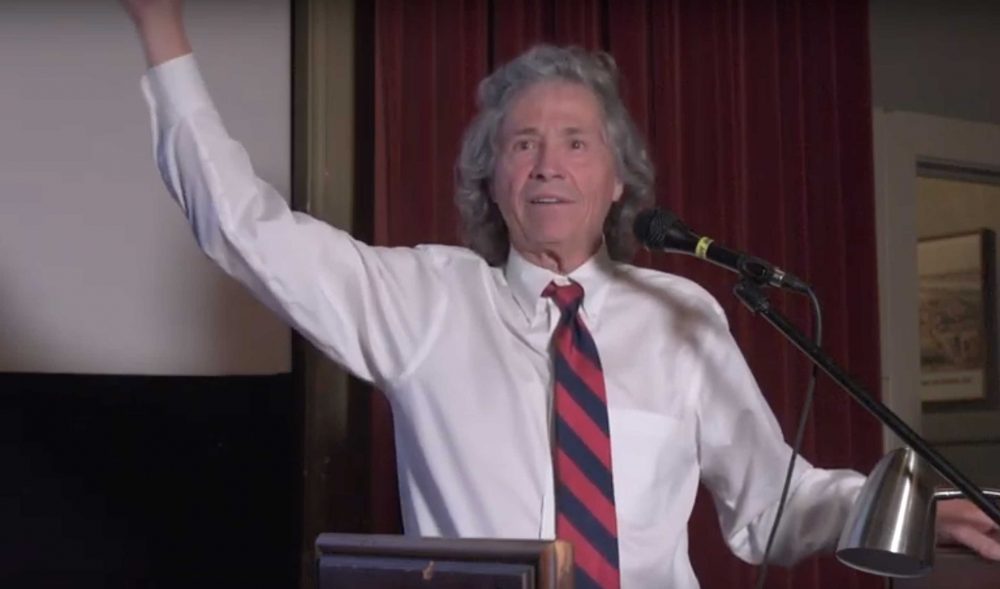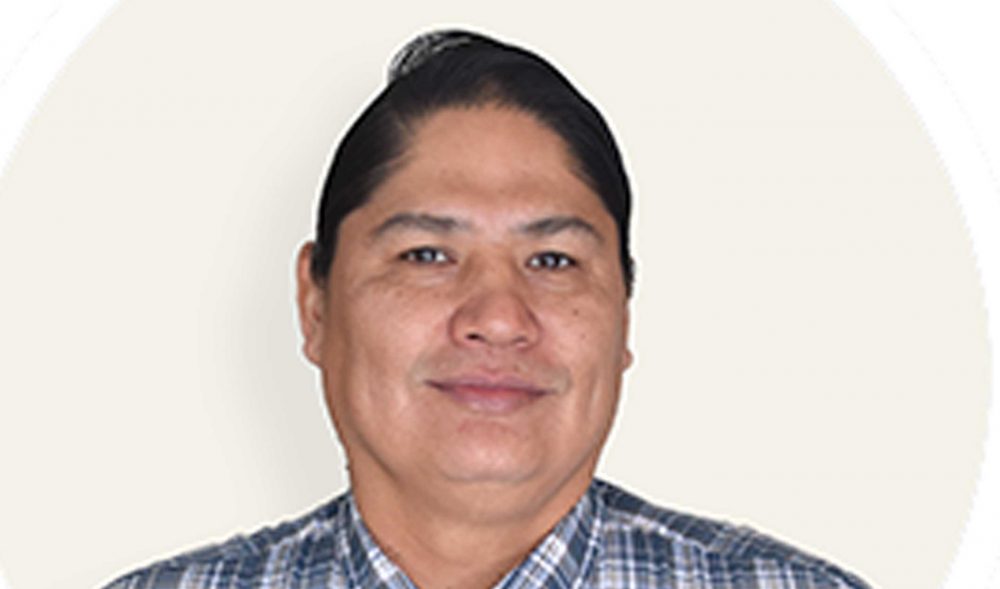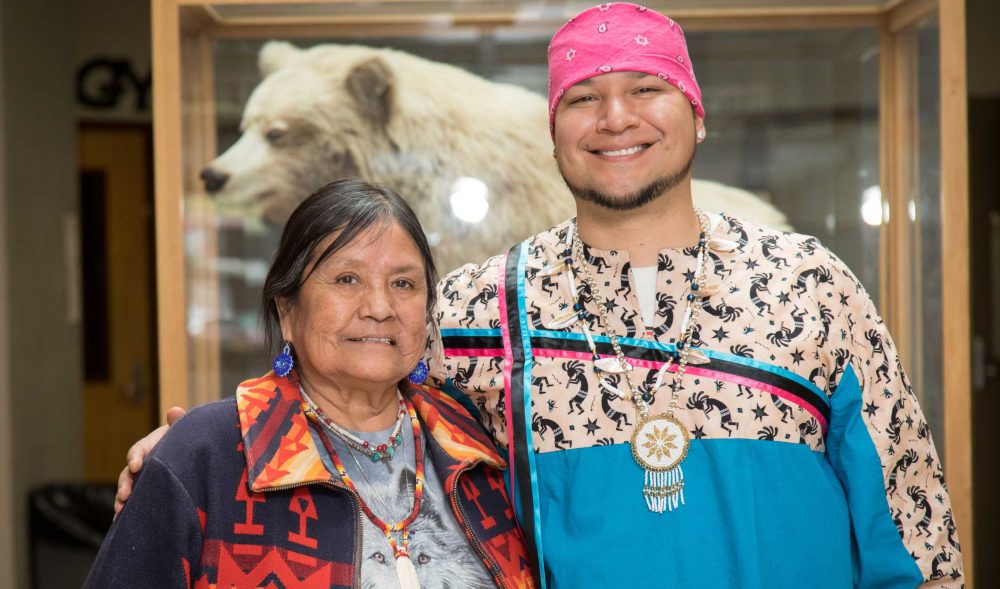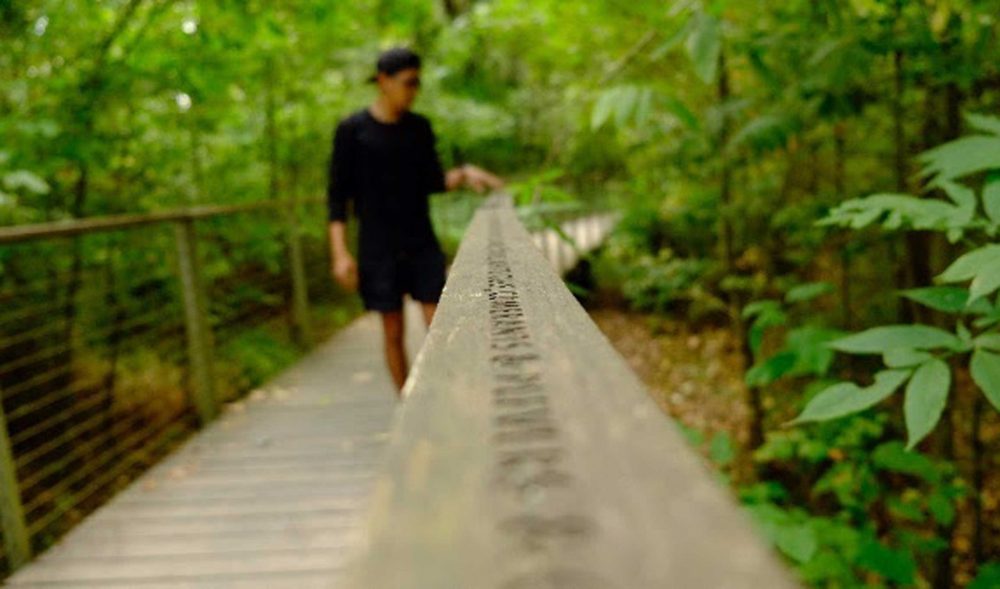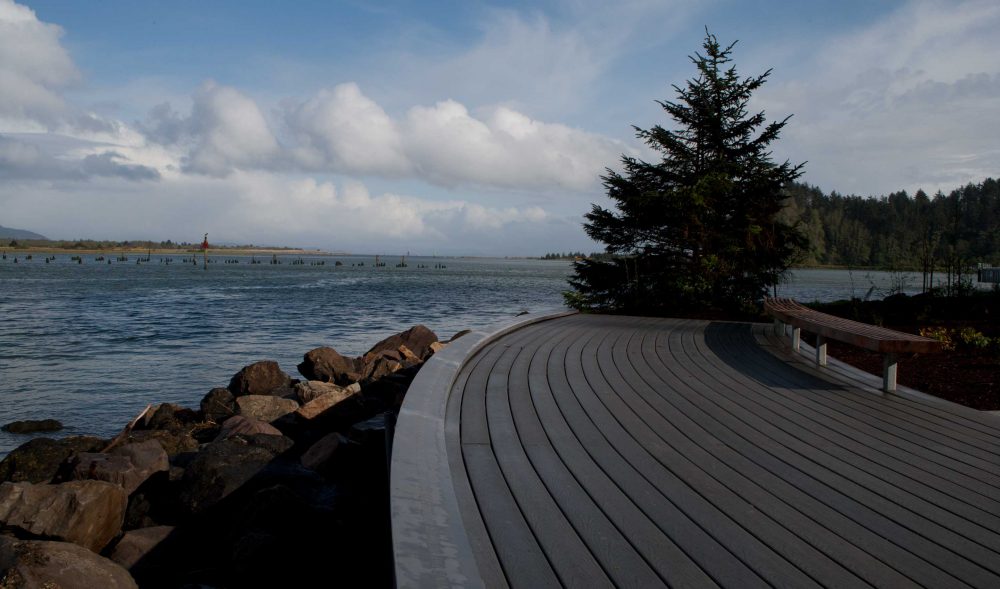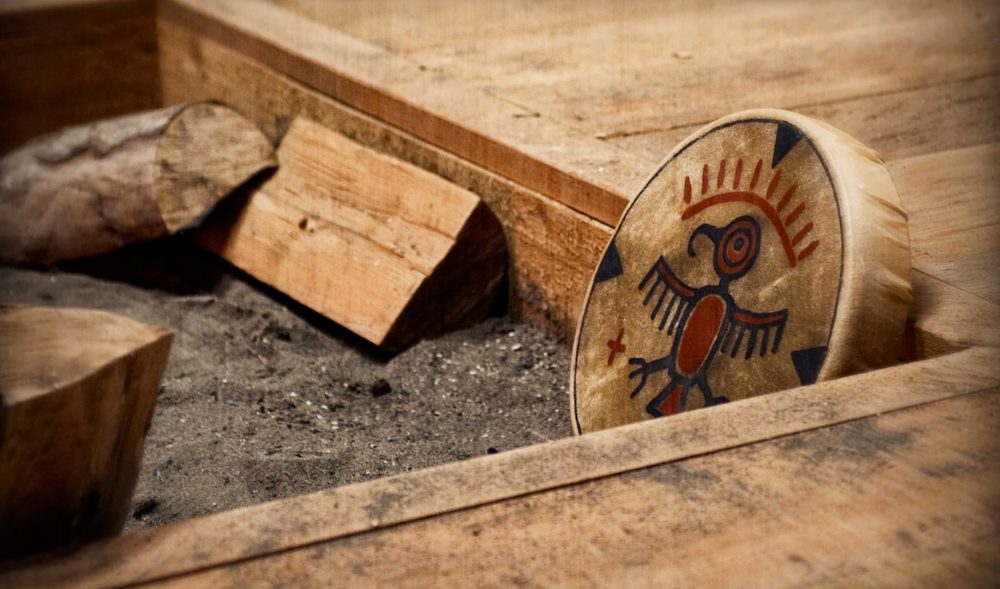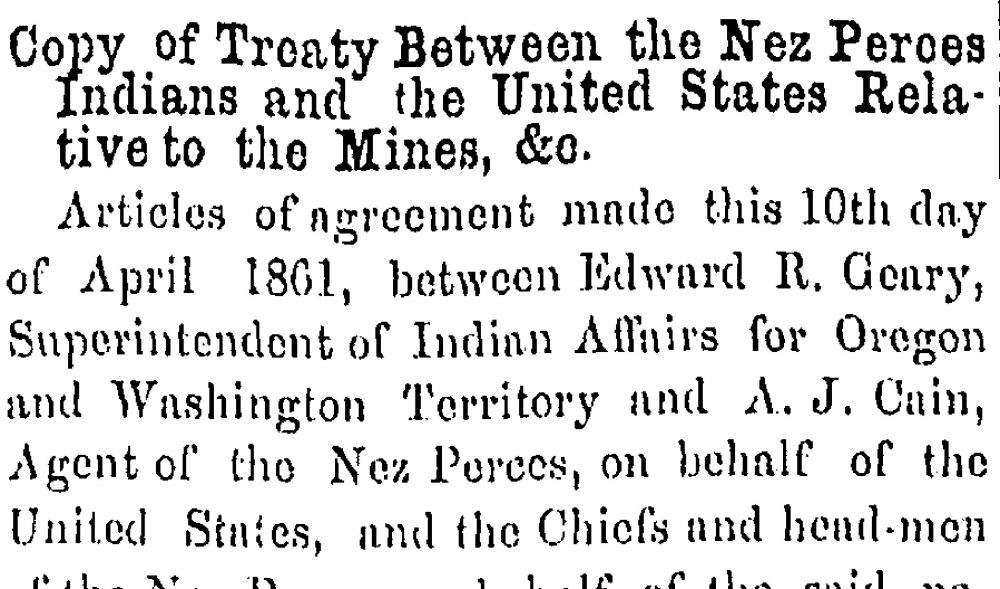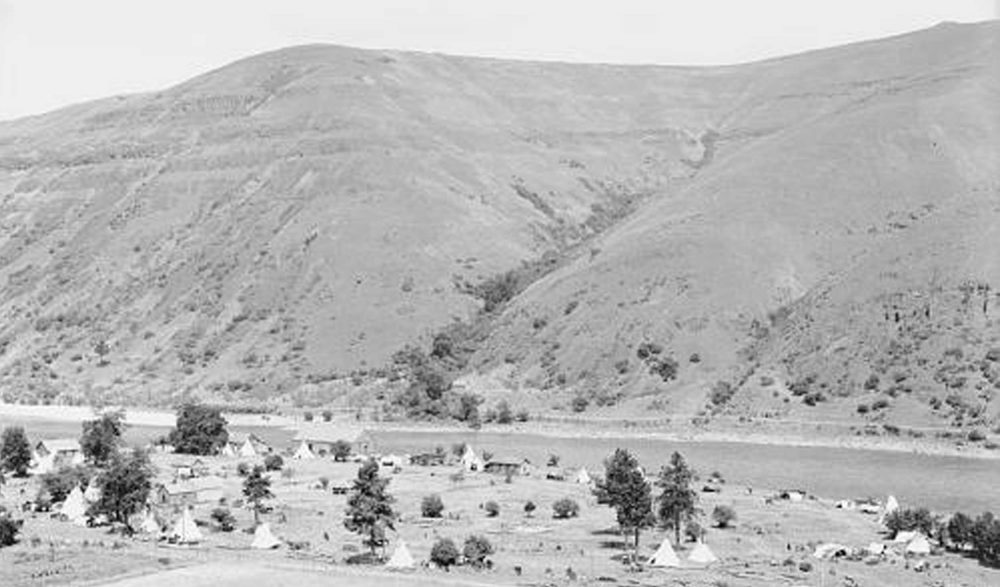Confluence Library
Tule Films founder Woodrow Hunt talks about his work with Confluence, termination and resilience, and how his own family history relates to the work he does.
This talk argues that the Doctrine of Discovery morphed into “American Manifest Destiny” and was used, and is still being used today, to justify the United States’ acquisition of the lands and assets of the Indian Nations and peoples.
In this episode, James Holt (Nez Perce) talks about lifeways, intergenerational trauma, and Nez Perce endurance.
Confluence in the Classroom put together a four pager on key concepts and understandings to do with CIC Native Educators, Oregon State tribal history requirements, and Washington State tribal history requirements. Read and download it here.
The Sandy River bird blind, inspired by William Clark’s quote that he could not sleep because of bird noises, was built to give guests a chance to visit a restored native habitat and learn about native birds and animals.
Maya Lin’s first Confluence site is at Cape Disappointment State Park. Guests are greeted by a path, amphitheater, fish sink, and gathering circle. It was built of native materials for the Lewis and Clark bicentennial.
The Chinook are one of several Lower Chinook people indigenous to the western Washington coast. Though not federally recognized, the Chinook were long recognized as prodigious traders across the Northwest coast.
A brief summary of the treaties and Acts signed by Presidents Lincoln, Johnson, and Grant in the 1860s and 1870s which affected Native tribes, especially the Nez Perce.
The Nez Perce are a tribe found throughout Eastern Washington, Oregon, and Idaho. The Nez Perce were known for their early openness to white settlers, and later for their persecution. Special focus on Chief Timothy.
Many different tribes came together at the site of modern-day Sacajawea State Park. Although to later explorers it seemed barren, this crucial trading site was also an important site for weddings and kinship exchanges.

